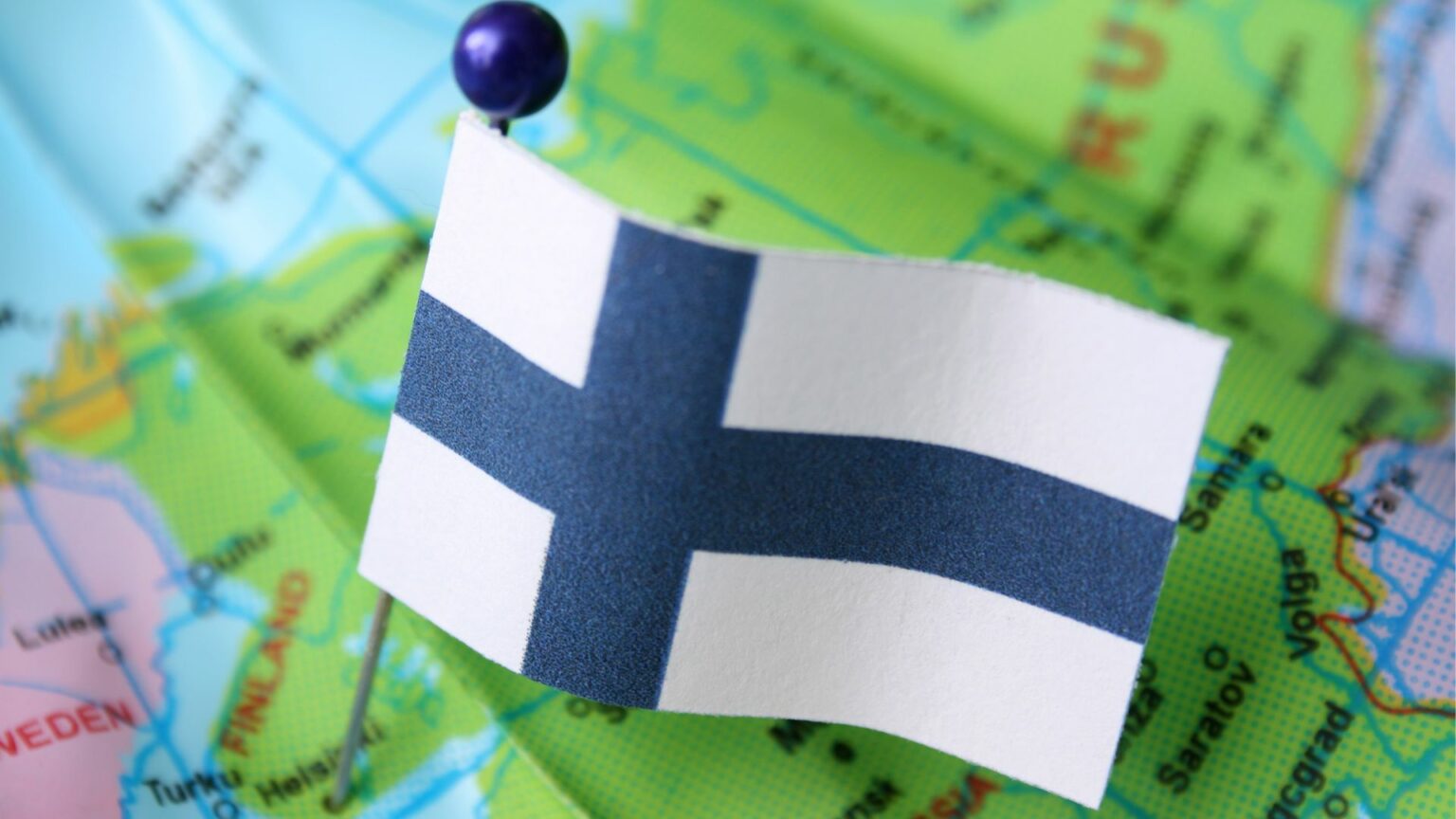Finland’s hydrogen ambitions are entering a new phase as Sunfire and P2X Solutions extend their collaboration to a 40 MW green hydrogen project in Joensuu, marking one of the country’s largest planned electrolyzer installations to date.
The German electrolysis specialist will conduct the Front-End Engineering Design (FEED) study, a critical step toward P2X Solutions’ investment decision expected in the near term.
The Joensuu project represents a strategic expansion for P2X Solutions, tripling its current green hydrogen capacity following the successful commissioning of its 20 MW Harjavalta plant—Finland’s first industrial-scale hydrogen facility. That plant, which entered commercial operation earlier this year, was a milestone not only for Finland’s domestic market but also for the broader European hydrogen economy, providing tangible proof that small-to-mid-scale electrolysis can achieve operational reliability under Nordic conditions.
At the heart of both projects is Sunfire’s pressurized alkaline technology, a mature electrolysis platform known for durability and scalability. The FEED phase will define the technical and operational requirements for deploying 40 MW of installed capacity, including balance-of-plant integration and system optimization for local renewable inputs. According to Sunfire, the study will set the groundwork for project execution and de-risk later investment phases by ensuring alignment between technology specifications, grid interface, and downstream offtake requirements.
The Joensuu project’s design integrates e-methanol production, positioning the plant as part of a broader synthetic fuels value chain. E-methanol, produced by combining green hydrogen with captured carbon dioxide, is gaining traction as a drop-in solution for decarbonizing shipping and aviation, where direct electrification remains limited.
While the Harjavalta facility demonstrated technical viability, Joensuu will test Finland’s ability to scale up green hydrogen infrastructure within a commercially competitive framework. The country’s national hydrogen roadmap targets up to 3 GW of electrolyzer capacity by 2035, leveraging abundant wind potential and a robust power grid. Yet, scaling remains contingent on aligning investment incentives, offtake contracts, and cross-border trade mechanisms within the EU’s evolving hydrogen market design.
Stay updated on the latest in energy! Follow us on LinkedIn, Facebook, and X for real-time news and insights. Don’t miss out on exclusive interviews and webinars—subscribe to our YouTube channel today! Join our community and be part of the conversation shaping the future of energy.
